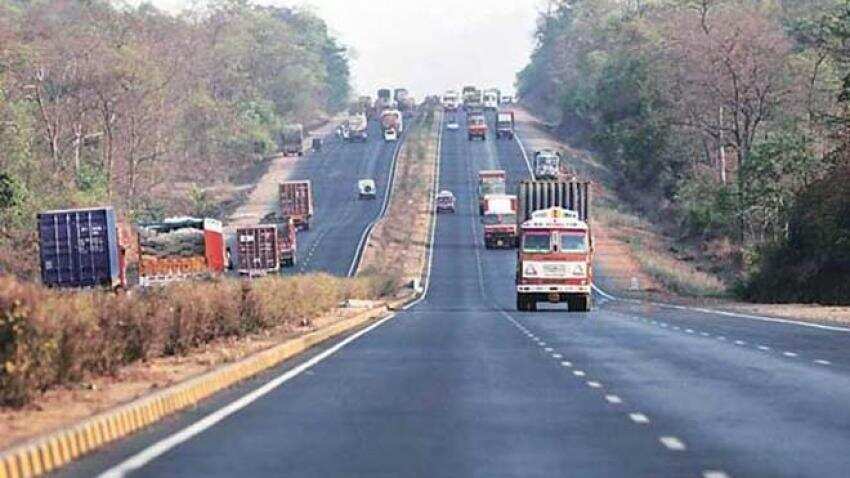Indian infrastructure makes steady progress, creates investment climate

As we approach the end of quarter one of calendar year 2018, it is a good time to take stock of changes in Indian infrastructure this year. 2018 is a year that has started with the promise of significant asset price volatility globally. As investors reassess their risk barometers to get a better sense of what the rest of the year holds, it is important to look at how Indian infrastructure fared from a regulatory and investment perspective. Regardless of the global trends, Indian infrastructure has taken strides towards creating a regulatory mechanism and investment climate that encourages more investment. In addition, financial innovation to finance and create new infrastructure in India has also been a hallmark of quarter one of calendar year 2018.
Regulatory Changes
The introduction of the New Restructuring Framework by the respected Reserve Bank of India (RBI) in February 2018, has further expedited the resolution of Non-performing assets (NPAs) in India. All earlier modes of restructuring such as Joint Lenders’ Forum (JLF) have been withdrawn and instead bankruptcy resolutions have been streamlined around the Insolvency and Bankruptcy Code (IBC), creating a process that inspires greater confidence for market participants.
Simplifying the legal framework while delivering faster conflict resolutions will provide a significant fillip to Indian infrastructure investments in the medium run. Greater contract enforcement and recovery of lender’s dues will be attractive for the long-term foreign lender. Long-term debt capital will be essential for India to truly create the much-needed infrastructure, and quarter one of calendar year 2018 has seen us take effective steps towards attracting long-term debt. In addition to better compliance, a quicker resolution of bankruptcies will allow capital that is stuck in bankrupt projects to be released for use in efficient value creating projects and effective bankruptcy mechanisms will encourage better risk taking from infrastructure companies.
Streamlining of bankruptcy resolution procedures around the IBC is significant, since it leads to far greater clarity and much better demarcated boundaries regarding conflict resolutions.
Demand for Indian Infrastructure Assets
The Toll-operate-Transfer (TOT) auction conducted by the National Highways Authority of India (NHAI) for 9 toll-based highways, that was won by Macquarie Group was a significant step towards expediting infrastructure creation in India. It further emphasized that foreign capital is keen to invest into well run Indian infrastructure assets and quality Indian infrastructure assets are attractive relative to other global assets. This bodes well for infrastructure creation, since this shows that foreign capital truly believes in the Indian infrastructure driven growth story. In addition, the auction showed the government’s flexibility and intent to monetize existing assets to generate capital, with which new infrastructure assets will be created.
Land Monetization Strategies
Land bank monetization as a strategy has picked up momentum with the government. Land bank monetization solves the dual problem of providing land and financing for infrastructure. Headlines over this quarter suggest that Railways and Airports Authority of India (AAI) have begun the process of looking at land bank monetization as a viable financing strategy.
Given that Railways and AAI own some of the largest land banks in the country, land bank monetization by them would go a long way in creating much needed infrastructure. Quarter one of calendar year 2018 has seen steps taken in the right direction. Land bank monetization is a gradual process, however getting started is a positive development. It is essential that the process of land bank monetization is carried out effectively to truly build on the good work done so far.
Besides continuing the good work for the rest of 2018, it is important for the Indian infrastructure ecosystem to further facilitate the flow of long-term global capital into India. The aim moving forward should be to think about how investment vehicles such as Infrastructure Investment Trusts (InvITs) can be used to attract more long-term foreign capital. India needs both investors with operational expertise who would bid for a TOT type project and financial investors who have the capital to finance infrastructure but not necessarily the operational bandwidth. Further clarity with regulations, faster licensing and approval systems and more efficient financial instruments will ensure that the remaining nine months of 2018 can be used to build on the good work.
By Taponeel Mukherjee
(The author heads Development Tracks, an infrastructure advisory firm. The views expressed are personal and those of the author.)
Get Latest Business News, Stock Market Updates and Videos; Check your tax outgo through Income Tax Calculator and save money through our Personal Finance coverage. Check Business Breaking News Live on Zee Business Twitter and Facebook. Subscribe on YouTube.
RECOMMENDED STORIES
02:13 PM IST






 Udayshivakumar Infra IPO day 3, check out subscription status here
Udayshivakumar Infra IPO day 3, check out subscription status here Indian infrastructure: Time to refocus on the basics
Indian infrastructure: Time to refocus on the basics Global policy trends that should interest Indian infrastructure sector
Global policy trends that should interest Indian infrastructure sector